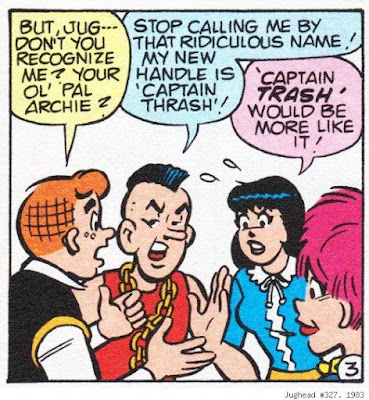AMERICA'S WANG REDEEMED, OR "FLORIDA SOUL: FROM RAY CHARLES TO KC AND THE SUNSHINE BAND"
You know all those “Florida
Man” stories? Most of them are completely made up. After decades of
experiencing fishing spots, trails, and wooded areas turned into condos and
strip malls, Florida established the secretive Department of Non-Tourism
designed to pump stories about crazed Floridians to the rest of the country in
an effort to keep down newcomers.
We also try to downplay our
arts and music contributions by promoting bands like Limp Bizkit and Creed. This
does have a tendency to backfire, like when the council spent untold millions
promoting Jimmy Buffet, only to have his fans flock to Florida, expecting days
of nothing but lying in hammocks drinking margaritas and wearing filthy flip-flops.
Likewise, the council was not
pleased with the publication of John Capouya’s “Florida Soul: From Ray Charles
to KC and the Sunshine Band.” After all this time, effort, and money promoting
the state as a cultural wasteland, the last thing they needed was information
about the state’s musical heritage getting out to a wider readership.
Florida isn’t very well-known
for soul music. Most music fans know that Ray Charles and Sam from Sam and Dave
began their careers here, and more knowledgeable fans might know about Clarence
Reid/ Blowfly, but for the most part, that’s about as far as Florida’s
contributions are known.
This makes “Florida Soul” full of
revelations. Ray Charles played in Fitzgerald, Georgia? The Twist originated in
St. Pete? Linda Lyndell, the singer of “What
A Man” was from Gainesville? And she was white? James Brown’s sax player Pee
Wee Ellis was born in Bradenton?
Florida’s rapid growth after World War II resulted in more cities (by 1960 3/4ths of all Floridians were city dwellers, which seems like a misprint if you’ve ever driven through the state), which meant more clubs and bars, making it “along with Texas…the densest and richest segment of the chitlin’ circuit."
Florida’s rapid growth after World War II resulted in more cities (by 1960 3/4ths of all Floridians were city dwellers, which seems like a misprint if you’ve ever driven through the state), which meant more clubs and bars, making it “along with Texas…the densest and richest segment of the chitlin’ circuit."
With every sizeable city
supporting a nightclub district, touring bands and locals could make good money
playing every day of the week. Even the rural areas had small bars or work
camps where musicians could play. There were also many more small independent
record labels than you’d think – a few years back I bought a box set of early Florida
rock and roll and rockabilly releases and was surprised to see record labels in
towns as small as Lorida.
With all these musicians and
record labels, however, few of them made it into the wider consciousness. Capouya
has done his research and was able to track down and interview many of these
artists and have them relate their tales of payola, racism, touring, and making
records that were released only to go nowhere, with the artists gradually
cutting back their music careers and getting real jobs. Sometimes artists would
get recognition decades later, like when Drake sampled Timmy Thomas’ “Why Can’t
We Live Together,” resulting in a new interest.
Buy, Borrow from the Library, or Pass
Gonna give it a strong "Borrow." This is a University Press book, and it sort of reads like it. Readers who have lived in Florida will likely get much more out of “Florida Soul,” recognizing locations and areas, and wondering how so much coolness dissipated in the years that followed. It also exposes readers to some somewhat unknown artists and labels, and will even give a wider appreciation for KC and the Sunshine Band. While a fascinating read, I don't see returning to it like a Peter Guralnick book.



Comments
Post a Comment